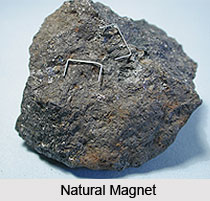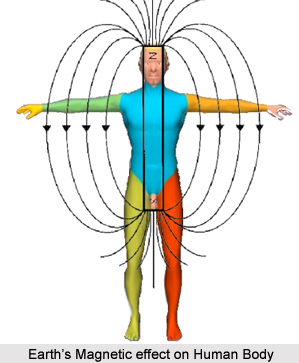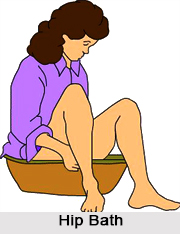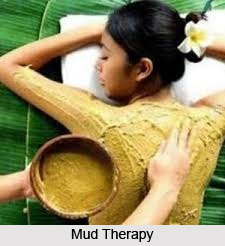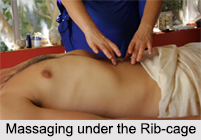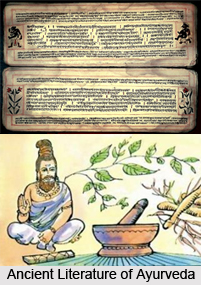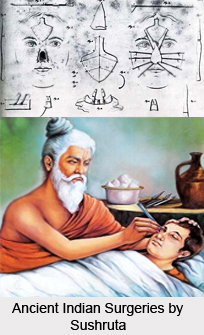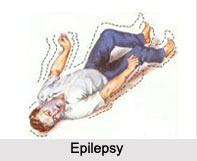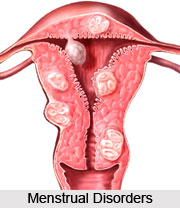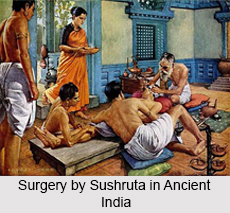 "Sushruta Samhita" which is one of the oldest treatises dealing with surgery in the world indicates that he was probably the first surgeon to perform plastic surgical operations. All the basic principles of plastic surgery like planning, precision, haemostasis and perfection find an important place in Sushruta"s writings on this subject. Sushruta described various reconstructive methods or different types of defects like release of the skin for covering small defects, rotation of the flaps to make up for the partial loss and pedicle flaps for covering complete loss of skin from an area.
"Sushruta Samhita" which is one of the oldest treatises dealing with surgery in the world indicates that he was probably the first surgeon to perform plastic surgical operations. All the basic principles of plastic surgery like planning, precision, haemostasis and perfection find an important place in Sushruta"s writings on this subject. Sushruta described various reconstructive methods or different types of defects like release of the skin for covering small defects, rotation of the flaps to make up for the partial loss and pedicle flaps for covering complete loss of skin from an area.
The operating methods of repairing damaged earlobes as practised by Sushruta are as follows:
1. Nemi Sandhanaka: The process known as "Nemi Sandhanaka" should be used in cases where each of the bifurcated lobes of the ears would be found to be thick, extended and equal in size.
2. Utpala Bhedyaka: The process known as "Utpala Bhedyaka" should be used in cases where the severed lobes of the ears would be found to be round extended and equal in dimensions.
3. Valluraka: The process "Valluraka" should be resorted to in cases where the severed lobes of the ears would be found to be short, circular and equal in size.
4. Asangima: The process known as "Asangima" should be adopted in cases where the anterior part of one of these severed appendages would have a more elongated shape than the other.
5. Ganda Kama: The process known as "Ganda Kama" consists in slicing off a patch of healthy flesh from one of the regions of the cheeks and in adhering it to one of the severed lobes of the ears which is more elongated on its anterior side than the other.
6. Aharyaya: In the case of extremely short lobes, the flesh should be cut off from both cheeks and adhered to them, the process being known as "Aharyaya".
7. Nirvedhima: The lobes of the ears which have been completely severed from their roots are called Pithopamas. The process known as "Nirvedhima" should be resorted to in such cases by piercing the two "Putrikas" (Tragus and Anti-Tragus) of the ears.
8. Vyayojima: The process known as "Vyayojima" should be made use of in cases where one of the bifurcated lobes of the ear should be found to be dissimilar to the other as regards to its thickness or thinness.
9. Kapata Sandhika: The process known as "Kapata Sandhika" consists in bringing about an adhesion, on the posterior side, between one of the bifurcated lobes and another, which is elongated on the anterior side of the ear.
10. Ardha Kapata Sandhika: The process known as "Ardha Kapata Sandhika" consists in bringing about an adhesion on the anterior side between the shorter one of the two parts of a bifurcated ear-lobe with the part, elongated on the posterior side, like a half-closed door.
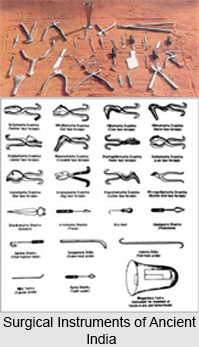 11. Samkhiptam: The process "Samkhiptam" has its scope in the case where the auricle has withered up and one of the bifurcated lobes is elevated, the other being reduced and shortened.
11. Samkhiptam: The process "Samkhiptam" has its scope in the case where the auricle has withered up and one of the bifurcated lobes is elevated, the other being reduced and shortened.
12. Hina Karna: The process of "Hina Karna" should be adopted in case where the supporting rim of the lobe has vanished and its exterior and the cheeks are sunk and devoid of flesh.
13. Vallikarna: Similarly the adhesive process known as "Vallikarna" is indicated in cases where the lobes are short, thin and unequal.
14. Yasti Kama: The adhesion known as "Yasti Kama" is indicated in cases where the thin and severed ear-lobes are criss-crossed by veins and made of knotty or nodular flesh.
15. Kakausthaka: The case in which the ear-lobe, being permeated with a little quantity of blood, is fleshless and ends in a narrow tip, the operation of "Kakausthaka" are indicated.
The surgeons of ancient India were deft in the practice of trepanation of the skull as would be evident from the two trephined skulls collected from the northern Kashmir valley and Harappa located in the Indus Valley. Both those skulls have been carbon dated.
In the "Sushruta Samhita", he has also described the method of surgical removal of stones in gall bladder and kidney. He further described several other diseases and ailments. He enumerated the use of about 125 surgical implements used in operations. He recommended strict dietary regimen along with medication in managing different diseases.
Related Articles
Primitive Medicinal Practices in India
Ancient Literature of Ayurveda
Ancient History of India
Vedic Civilisation in India
Sushruta
Sushruta Samhita
Traditional Indian Medicines
Indian Naturopathy
Ayurveda
Origin of Ayurveda
History of Ayurveda
Ayurveda Medication
Treatment in Ayurveda





